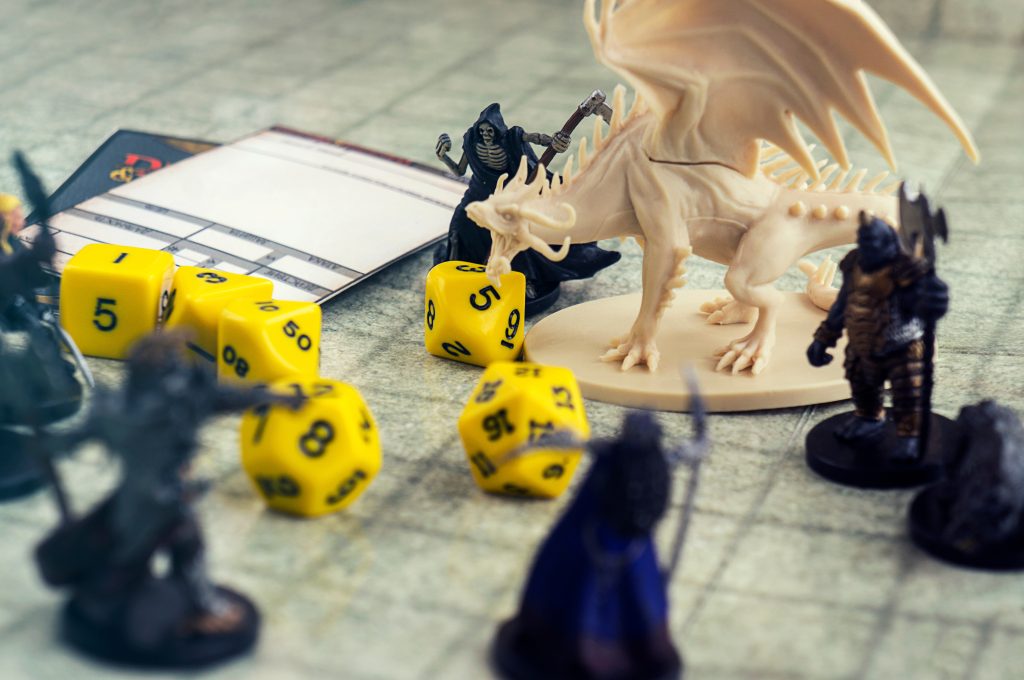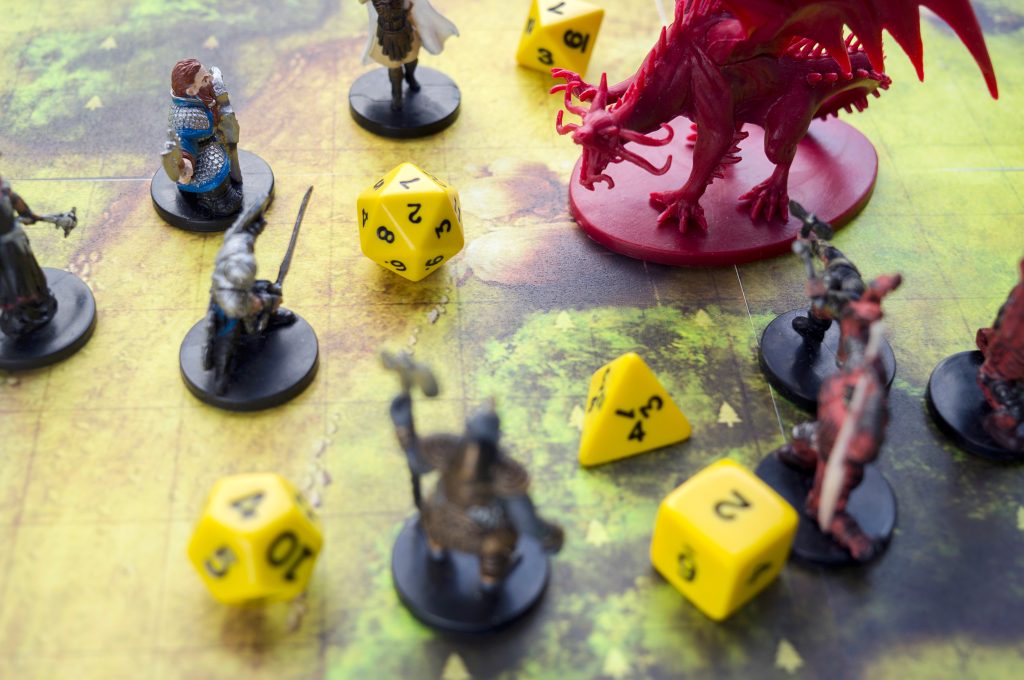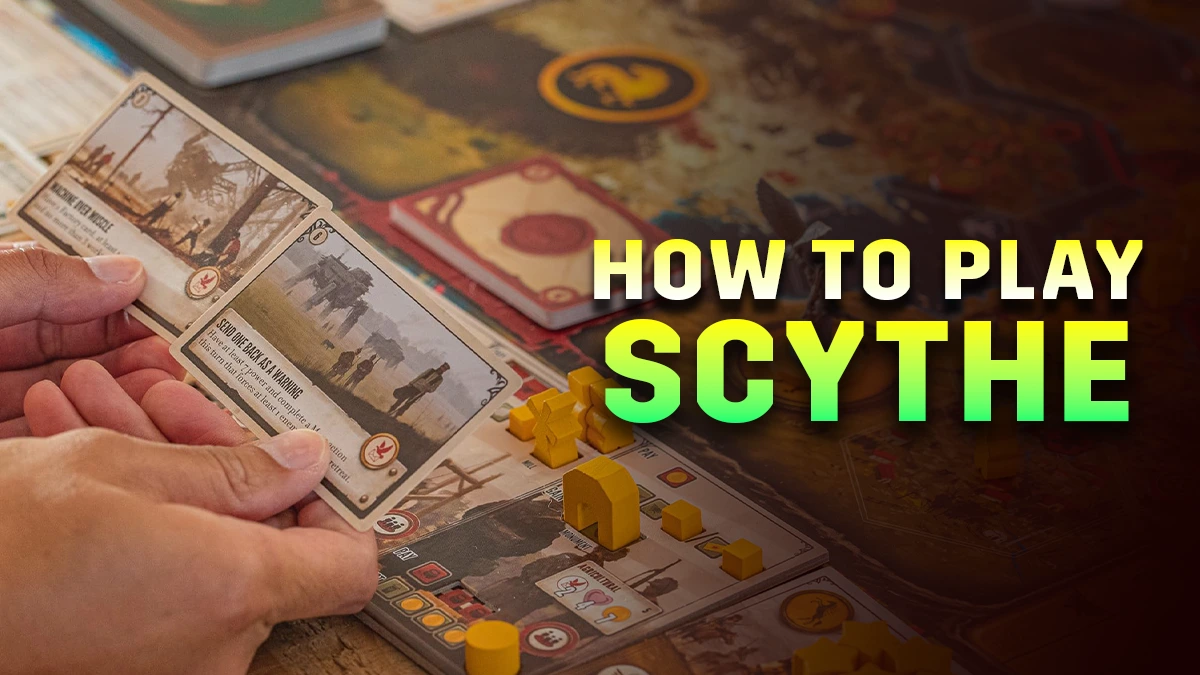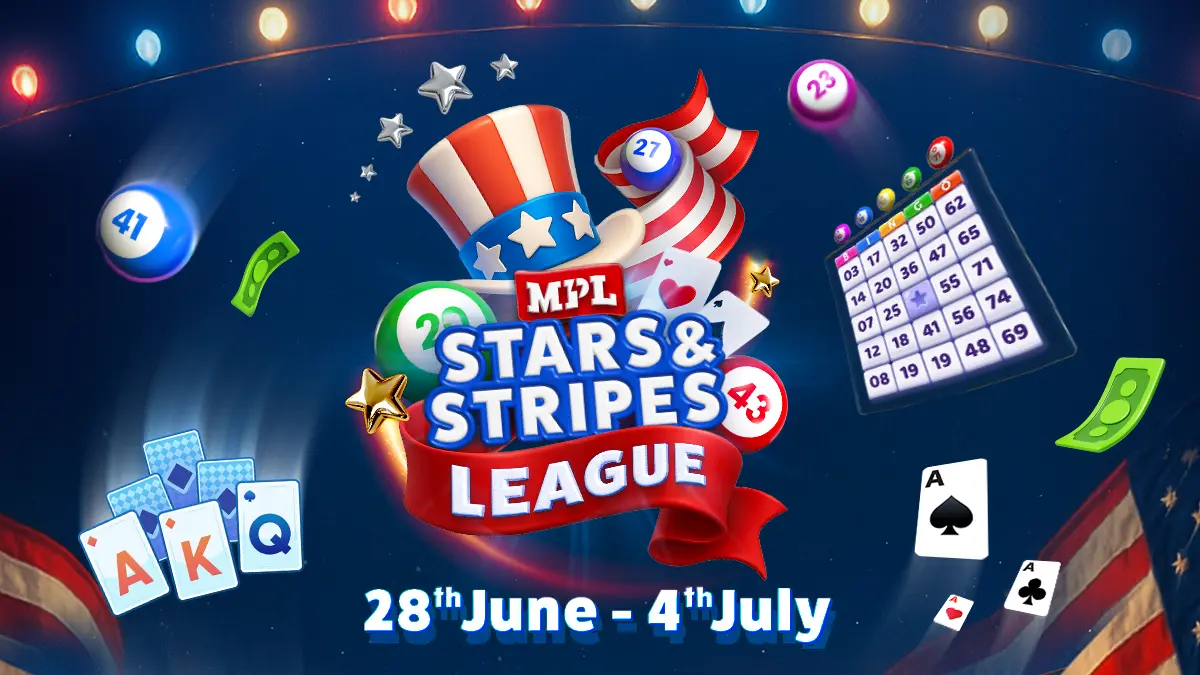Table of Contents
ToggleScythe is a thematic board game that has gained prominence for its strategic gameplay and complex dynamics. It can also be considered a story-based game. It is an engine-building board game designed for children above 14 years old and requires 1-5 players—the best option is to play solo. While the game board might initially seem overwhelming, Scythe board game rules are easy to learn.
We have broken down “how to play Scythe board game” to simplify it. This can be used as a complete Scythe rulebook, giving you some tips on how to win.
About the Scythe Game

Source: Niferure /shutterstock
Scythe was created by designer Jamey Stegmaier and published by Stonemaier Games in 2016. It belongs to the category of engine-building games. Set in an alternate-history 1920s Europe, the story unfolds in the aftermath of the Great War. Various factions compete to control a mysterious Factory” that powered heavily armored mechs during the conflict.
It brings the attention of several nearby countries. In Scythe, players conquer territory, enlist new recruits, gain villagers, and deal with much more. The game blends Eurogame and combat elements.
Rich illustrations by artist Jakub Rozalski, blending historical elements with a dieselpunk aesthetic, are fantastical. Each faction represents a nation with unique abilities, leaders, and backstories. The war-torn landscape is a magical setting where you must strive for dominance and prosperity.
Also Read: The Best Board Games of All Time
How to Play Scythe for Beginners
From efficient use of actions to staying vigilant on your opponents, Scythe’s engine-building aspects create the real thrill, even when you’re playing a faction multiple times. It is not a player-elimination game, but there is enough direct conflict to keep it on the edge.
Objective
The objective of Scythe is to build the most powerful and prosperous faction in a war-torn, alternate-history 1920s Europe. Players have to achieve six major accomplishments, such as winning combats, completing objectives, or building all structures, to place stars on the Triumph Track, in accordance with Scythe board game rules. Before reaching the end, they have to deal with controlling and expanding their territories, managing resources, and making strategic decisions.
Setup
The Scythe game setup involves placing the game board, encounter cards, and various decks. Players receive faction and player mats as their starting resources, units, and available actions. The entire game board is divided into territories, each producing different resources. Players begin with their characters, workers, and other units placed according to their faction mat. The starting positions are decided based on a faction’s uniqueness.
Gameplay
There are no multiple rounds in Scythe rules—it uses a streamlined action-selection mechanism where players keep taking turns until someone places their 6th star on the board.
On your turn,
- Move your action token to a section on your Player Mat that is different from where it was last turn.
- You can do the top action in that section (or skip it).
- You can also do the bottom action in that section (or skip it).
You can do just the top action, bottom action, both, or neither—but you must move your action token every turn. If you reap resources from the top action, you can immediately use them for the bottom action.
The cost (in red) and benefit (in green) for each action are shown by empty spaces on your player mat. You must pay the cost first to get the benefit, but you can take as much or as little of the benefit as you want.
After you finish your turn, the next player goes in clockwise order. To keep the game moving quickly, you should decide on your bottom action while the next player takes their turn.
Top-Row Actions
Each Player Mat has the same top-row actions in the Scythe board game but in a different order. They include moving units, gaining resources or power, and producing in controlled territories. The following Scythe rules apply for moving.
- Move/Gain: Move up to two different units to adjacent territories or gain one coin.
- Bolster: Pay one coin to either:
- Gain two power, or
- Draw one combat card. Combat cards bolster your combat power; each character/mech should use only one card.
- Trade: Pay one coin to either:
- Gain one popularity or
- Gain any two resources (oil, metal, food, or wood)
- Produce: You can choose up to two different territories you control, and all workers in those territories produce one resource each, based on the type of territory. Villages produce new workers instead of resources.
Also Read: How to Play Gomoku – Step-by-Step Guide For Beginners
Bottom-Row Actions
Bottom-row actions allow players to upgrade abilities, activate monstrous mechs, build structures, and enlist recruits for ongoing bonuses. The steps below explain how bottom-row actions work.
Upgrade:
Pay the cost (usually oil) and move a technology cube from a green box to a red box. You will gain coins as indicated.
Deploy:
Place a mech in a territory you control with at least one worker by paying the cost (usually Metal). Gain the mech ability revealed on your faction mat.
Build:
To execute the Build action, place a structure—like a monument, armory, mine, or mill—in your territory with complete control, with at least one worker. You have to pay a specific cost, usually wood. This action offers valuable benefits associated with the structure, enhancing your strategic options and strengthening your position in the game.
Enlist:
You pay the cost, usually food, and move a recruit token to a one-time bonus space on your faction mat. The one-time bonus can be to gain 2 power, 2 coins, 2 popularity, or to draw 2 combat cards. Enlisting also provides an ongoing benefit for that specific action type and helps you enhance character abilities.
Also Read: Top Bingo Games That Pay Real Money
Combat

Source: Niferure /shutterstock
Combat occurs when units from different factions occupy the same territory. If you win a battle, you can earn a star. Other players can try to influence the fight by offering coins.
You can start a battle even if you have no power or popularity. The attacker has an advantage: if they have a special mech ability for combat, they use it first. If the battle ends in a tie, the attacker wins. The winner gains control of the territory and places a star on the triumph track!
Additional Elements
- Encounters: Special events triggered by characters when a player’s character lands on a territory with encounter cards. These are the only elements of chance that provide resources, upgrades, or other benefits.
- The Factory: The capitalistic city-state and central location providing additional actions.
- Objectives: Secret goals that award stars when completed are objectives. Each player begins the game with 2 objective cards that can earn you a star. You should not reveal either of the objective cards before the completion of that particular goal.
Game End and Scoring
The Scythe board game ends immediately when a player places their sixth star on the Triumph Track, indicating they have achieved six major accomplishments. Once the game ends, players calculate their final scores by adding up coins earned throughout the game.
Points come from three main sources:
- The number of stars placed on the Triumph Track,
- Territories controlled, and
- Resources held at the end.
Bonuses for controlling the Factory or achieving specific objectives may also increase the end-game score. Each of these factors is multiplied by the player’s popularity level, and maintaining high popularity can boost the final score. After all calculations, the player with the most coins wins the game.
Tips to Win the Scythe Board Game
- Start by choosing one bottom-row action on your player mat to focus on. The best one grants three coins and allows upgrade actions to require just one resource. If your faction mat lacks this, prioritize the action paired with movement, as you’ll likely use it most.
- Your first encounter presents resources or benefits and is the key to an early-game boost. Don’t hesitate to let it guide your early strategy, but be ready to shift focus if something more profitable arises.
- You can win without the Factory. However, having it early can offer discounted bottom-row actions without triggering opponents’ recruit bonuses. In the Wind Gambit expansion, claim it early to defend a valuable hex, as the Factory is worth 3 points.
- Secret objectives can be difficult and sometimes not worth the effort. You can still win without them. So, decide whether completing an objective is feasible in four turns at the best.
- While special abilities are useful, they can become a distraction. Use them flexibly rather than as your main focus. For example, Saxony’s combat-focused abilities and Rusviet’s action repetition are powerful but shouldn’t dominate your strategy.
- Riverwalk isn’t always the best first move. It typically only gives access to one specific hex, making you vulnerable. There are other mech abilities to get you to the Factory faster, depending on your faction.
- Take both top and bottom actions every turn as quickly as possible. Upgrade actions to reduce resource costs, focusing on those paired with move and trade. Building the Mill early is often the best first step to boost production.
Conclusion
Now that you have gone through the Scythe rules, you’re ready to enter the alternate world of Europe and take up combats! However, don’t aim to win it all during your first play. However, learning the rules is only the first step, whereas mastering the game comes only through regular practice. Grasping various nuances and moves of the game becomes possible only when you’re into it. But it won’t take long before you make multiple wins possible for yourself!
Like playing board games? Learn how to play Reversi board game!
FAQs
What is Scythe game?
Scythe is a strategic board game set in an alternate 1920s universe. Players control factions vying for dominance in a war-torn land, managing resources, engaging in combat, and expanding territories. The game blends engine-building, area control, and strategy. It has deep gameplay with multiple paths to winning.
How to play scythe for kids?
To play Scythe with kids, simplify the rules by focusing on basic actions like moving, collecting resources, and building structures. Remove elements like combat and objective cards. Encourage cooperation over competition, guiding them through turns. Explain various choices to make the game more accessible and enjoyable.
Can you play Scythe game solo?
In general, Scythe is not a solo-player game. However, you can play it solo using the Automa system, which simulates an AI opponent. It gives a challenging experience by managing its own turns and actions against you, so you will get the real feel of playing the game.
How much time does it take to play Scythe?
Scythe gameplay time depends on number of players and general moves, unless it is timed. It takes about 90-115 minutes to finish one gameplay.
Is Scythe good for memory?
Yes, Scythe can improve memory through its strategic gameplay. Players must recall faction abilities, resource management, and opponent movements. They must also recall previous actions and plan ahead, demanding intense cognitive skills. However, Scythe is more focused on strategy and decision-making than on direct memory training.








